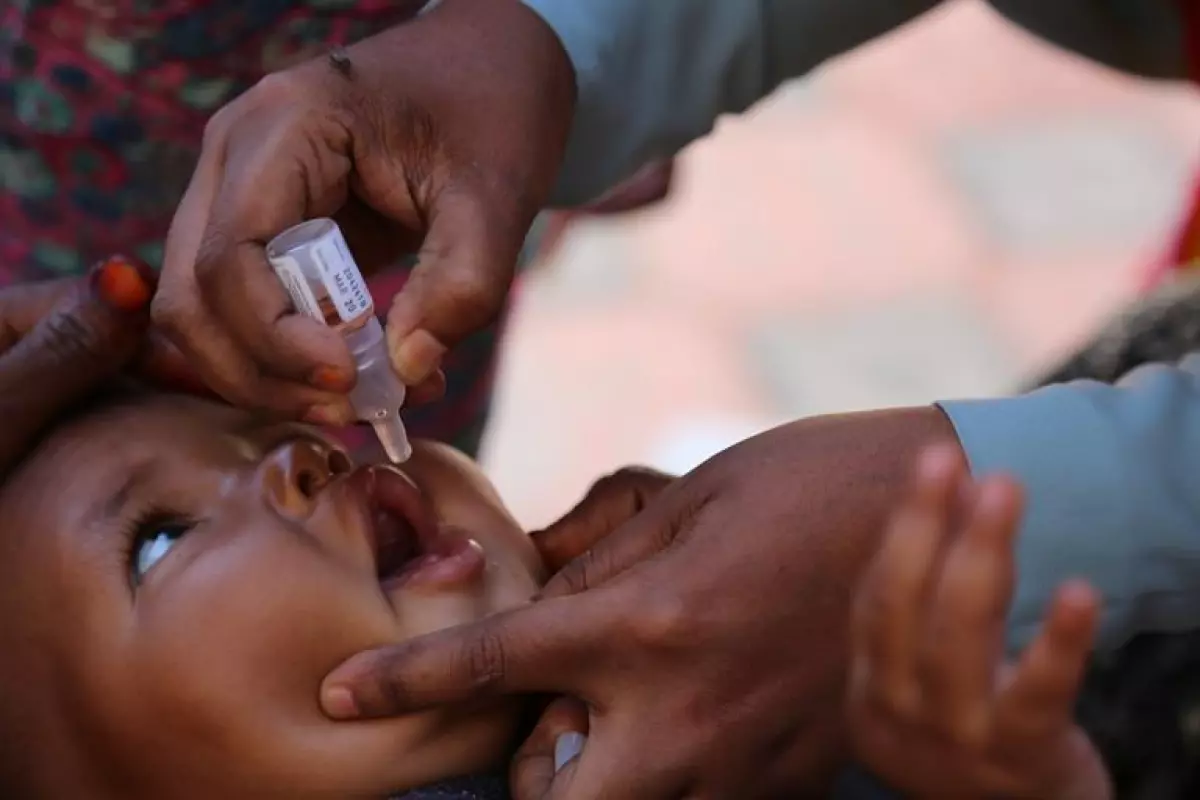In a true milestone for humanity, the World Health Organization (WHO) has officially announced the global eradication of wild poliovirus type 3 (WPV3) bringing us one step closer to totally eradicating the infectious disease worldwide. One strain of the virus still remains, with small numbers of cases continuing to be reported in Pakistan and Afghanistan.
Although the poliovirus vaccine was developed in the 1950s, it wasn’t until 1988 that an official global effort to eradicate the infectious virus commenced. Called the Global Polio Eradication Initiative, the campaign has arguably been one of the greatest global health success stories in human history.
In 1988, there were an estimated 350,000 cases of polio worldwide. Thirty years later in 2018 there were just 33. That is an incredible 99.9% success rate for the global eradication effort.
There are three strains of wild poliovirus. WPV2 was the first to be officially declared eradicated in 2015, with the last detected case in India in 1999. WPV3 has not been detected since 2012, and after several years of tracking the WHO has now officially declared it gone from the face of the Earth, apart from some samples kept in secure laboratory environments.
“Wild poliovirus type 3 is globally eradicated,” announced David Salisbury, chair of the independent Global Commission for the Certification of Poliomyelitis Eradication, at a recent event at the WHO headquarters in Geneva. “This is a significant achievement that should reinvigorate the eradication process and provides motivation for the final step – the eradication of wild poliovirus type 1.”
Afghanistan and Pakistan are the only countries in the world still reporting cases of WPV1. No cases of WPV1 have been reported in Africa since 2016, so total eradication is possible, although social and political issues in both Afghanistan and Pakistan are proving challenging for widespread vaccination plans.
Source: WHO




